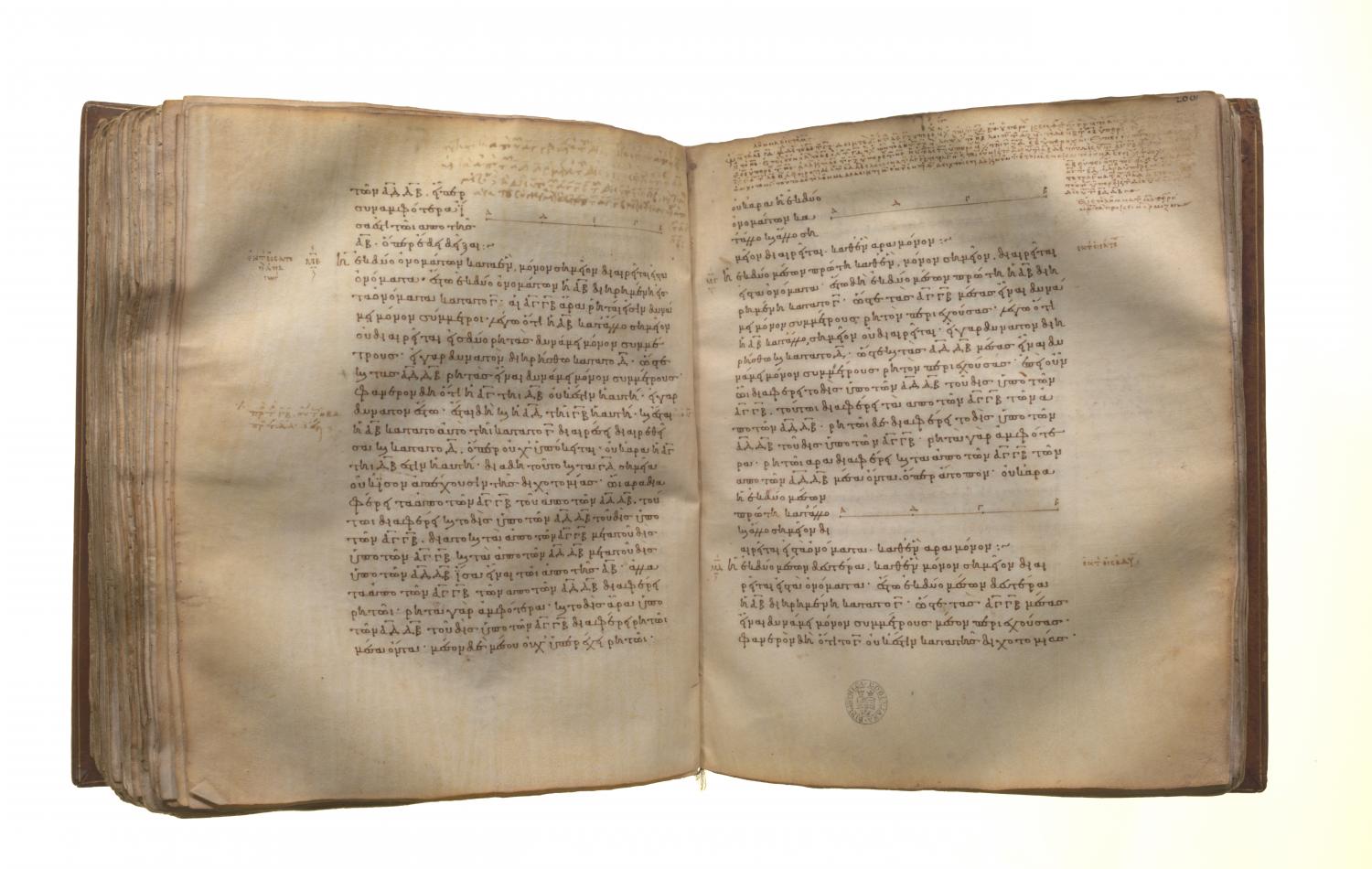Translations
A binomial straight line is divided into its terms at one point only. Let AB be a binomial straight line divided into its terms at C; therefore AC, CB are rational straight lines commensurable in square only. [X. 36] I say that AB is not divided at another point into two rational straight lines commensurable in square only. For, if possible, let it be divided at D also, so that AD, DB are also rational straight lines commensurable in square only. It is then manifest that AC is not the same with DB. For, if possible, let it be so. Then AD will also be the same as CB, and, as AC is to CB, so will BD be to DA; thus AB will be divided at D also in the same way as by the division at C: which is contrary to the hypothesis. Therefore AC is not the same with DB. For this reason also the points C, D are not equidistant from the point of bisection. Therefore that by which the squares on AC, CB differ from the squares on AD, DB is also that by which twice the rectangle AD, DB differs from twice the rectangle AC, CB, because both the squares on AC, CB together with twice the rectangle AC, CB, and the squares on AD, DB together with twice the rectangle AD, DB, are equal to the square on AB. [II. 4] But the squares on AC, CB differ from the squares on AD, DB by a rational area, for both are rational; therefore twice the rectangle AD, DB also differs from twice the rectangle AC, CB by a rational area, though they are medial [X. 21]: which is absurd, for a medial area does not exceed a medial by a rational area. [X. 26]
